Recent Paintings 2024








Publication:
Egothávma- The Four Stances of being.

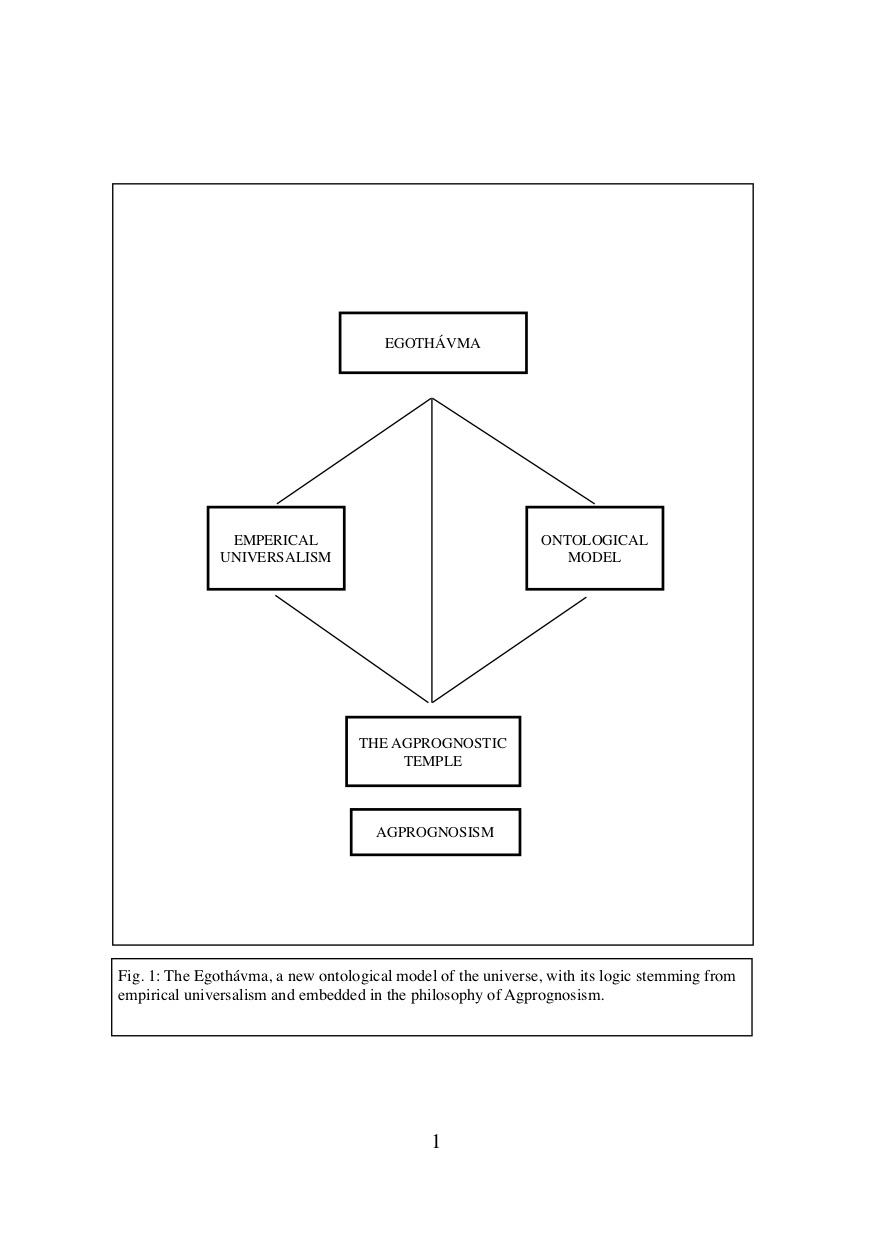
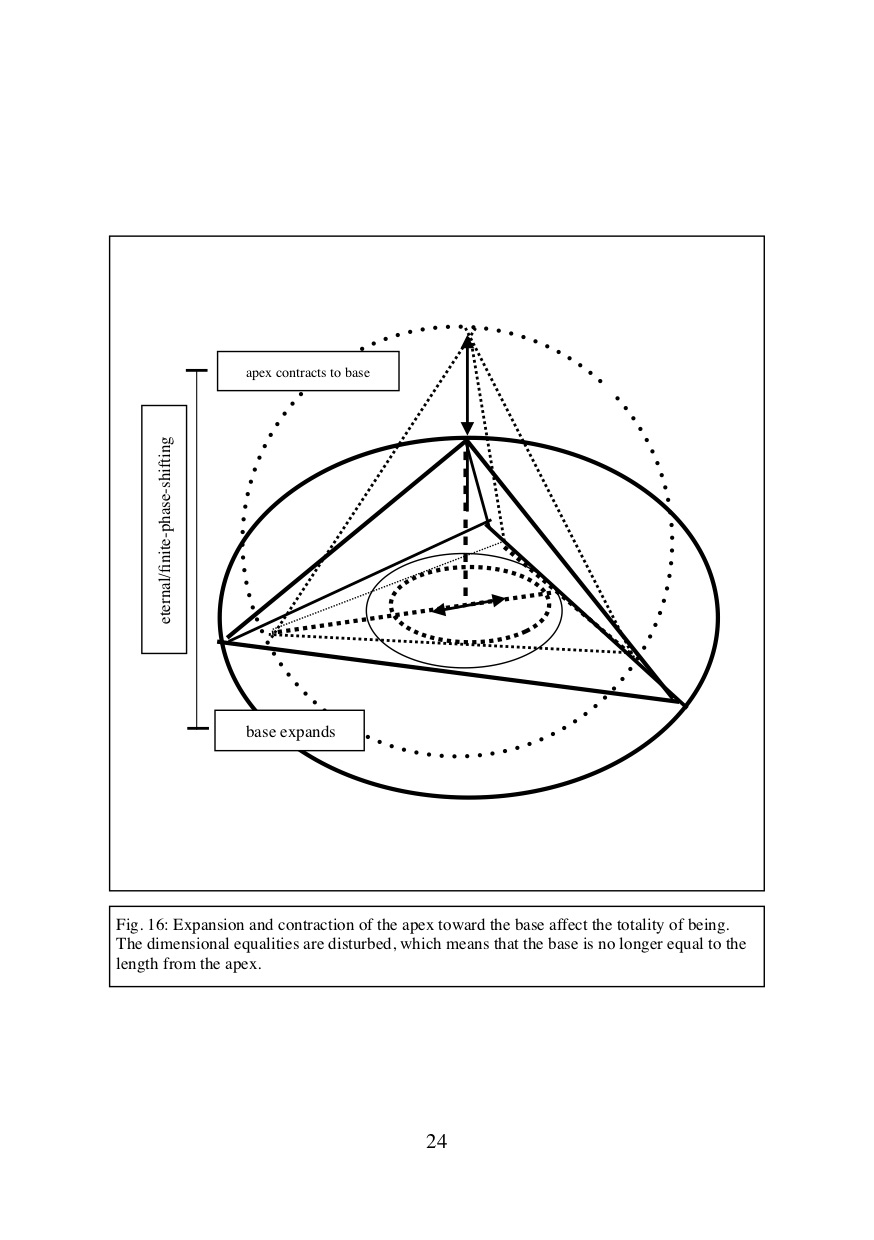

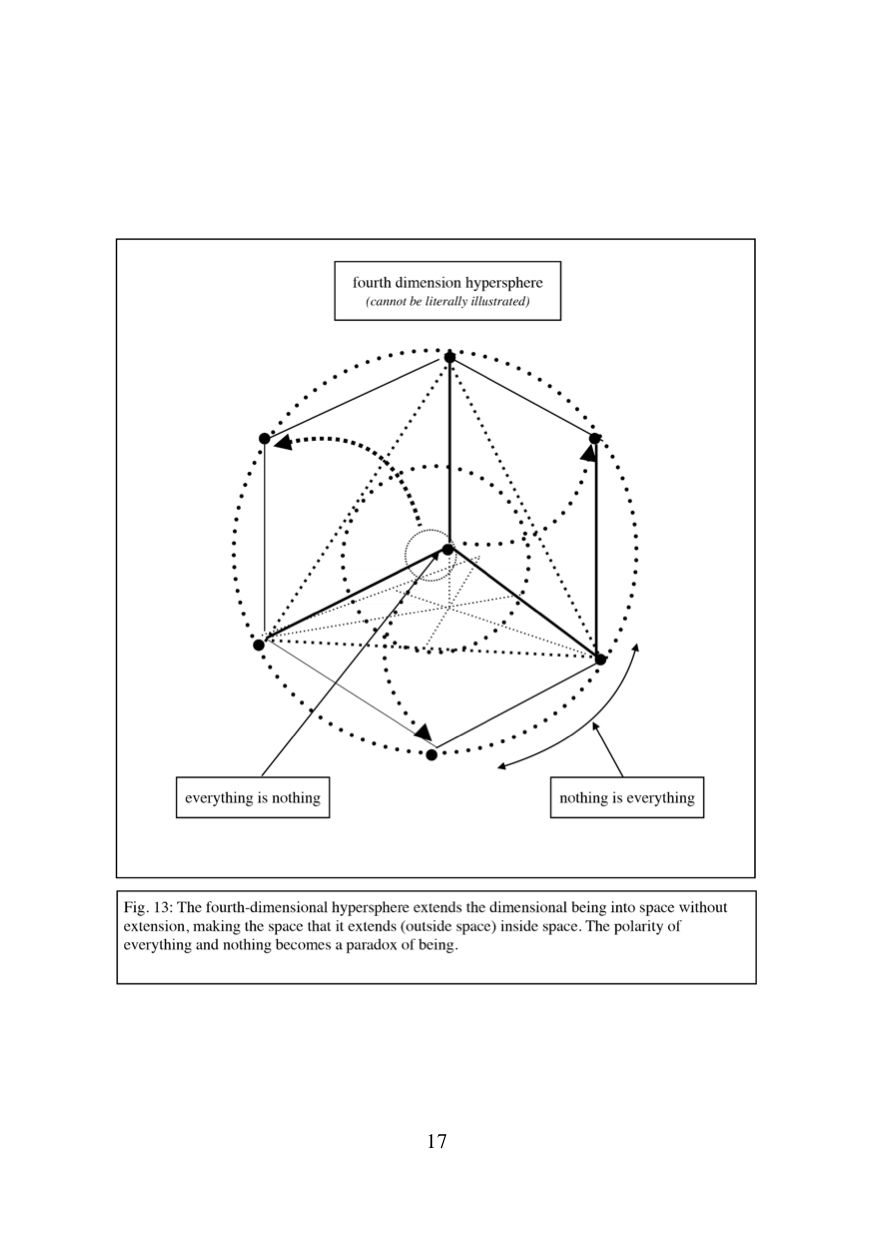
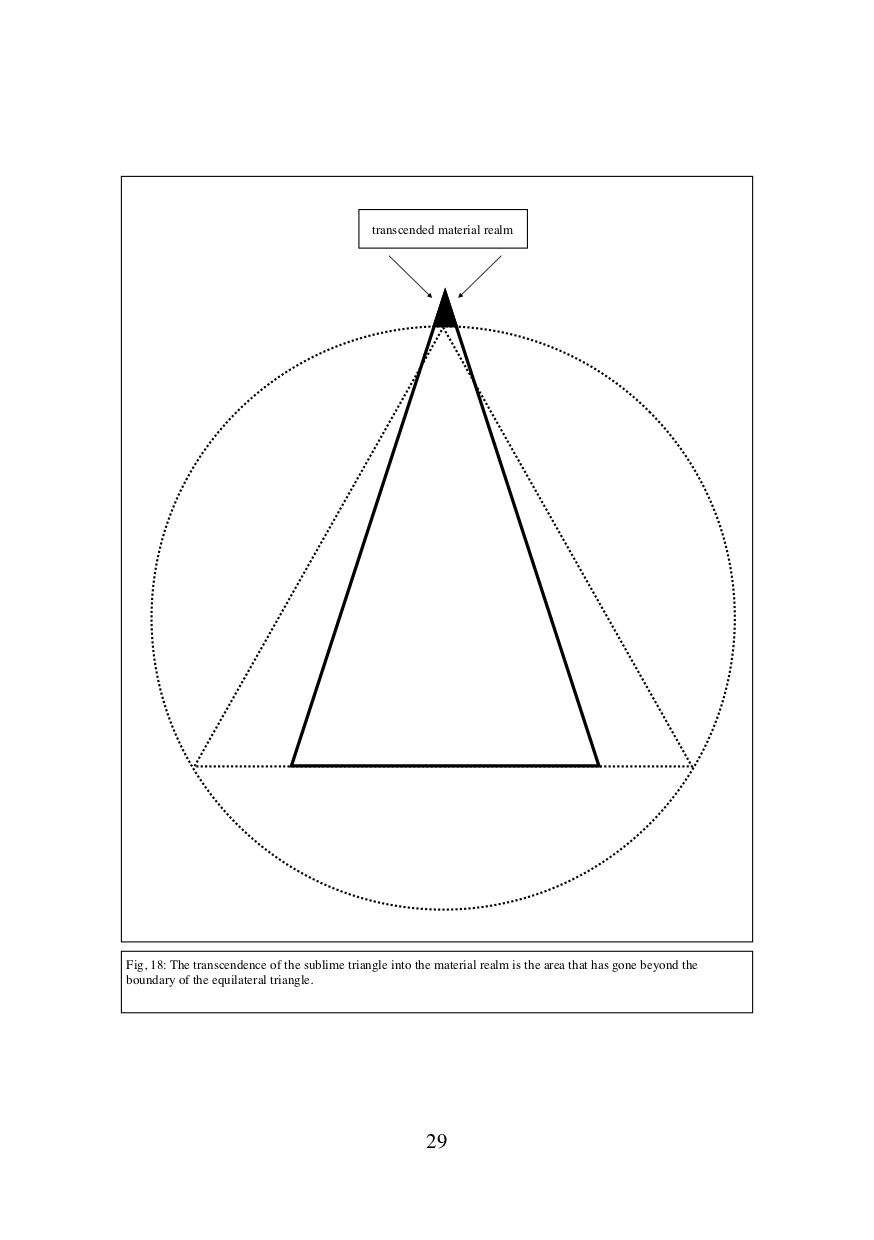
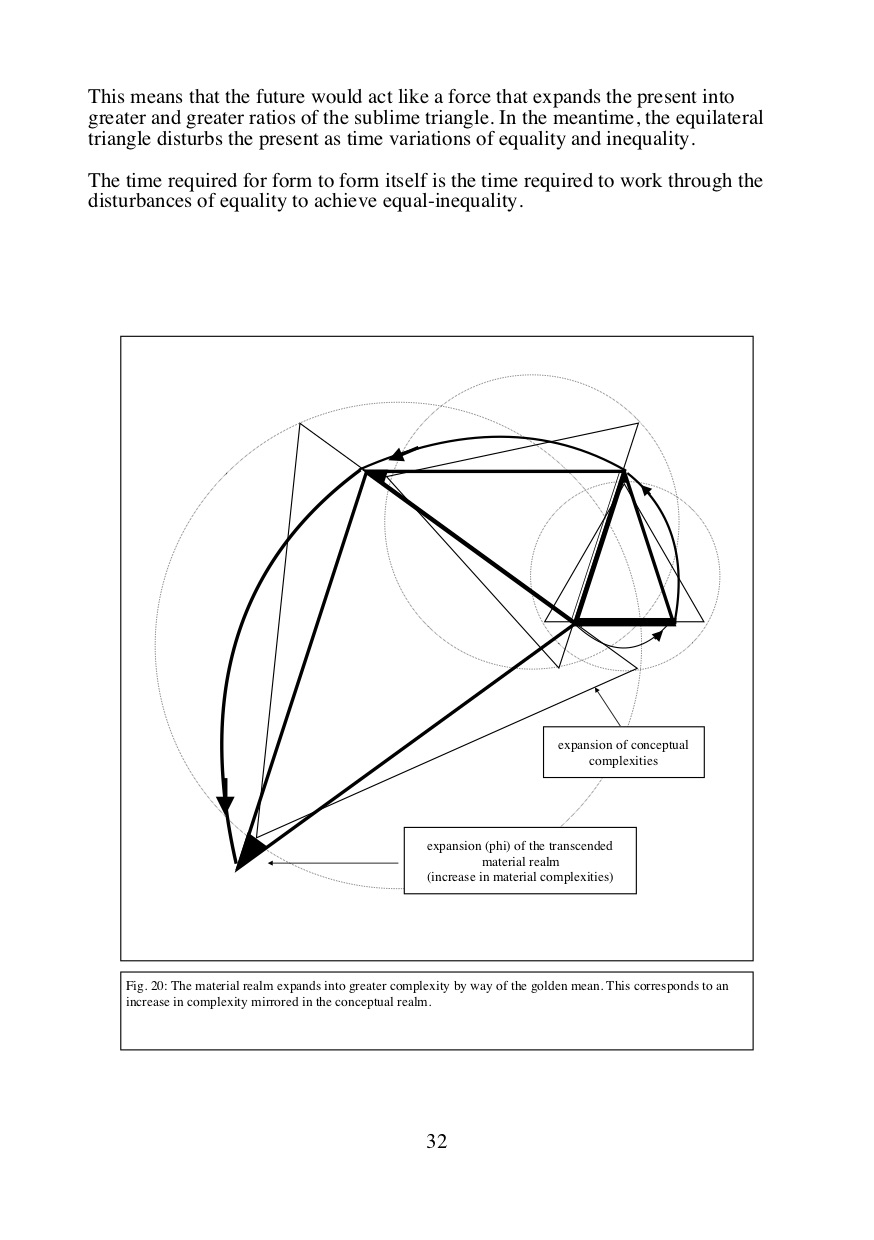
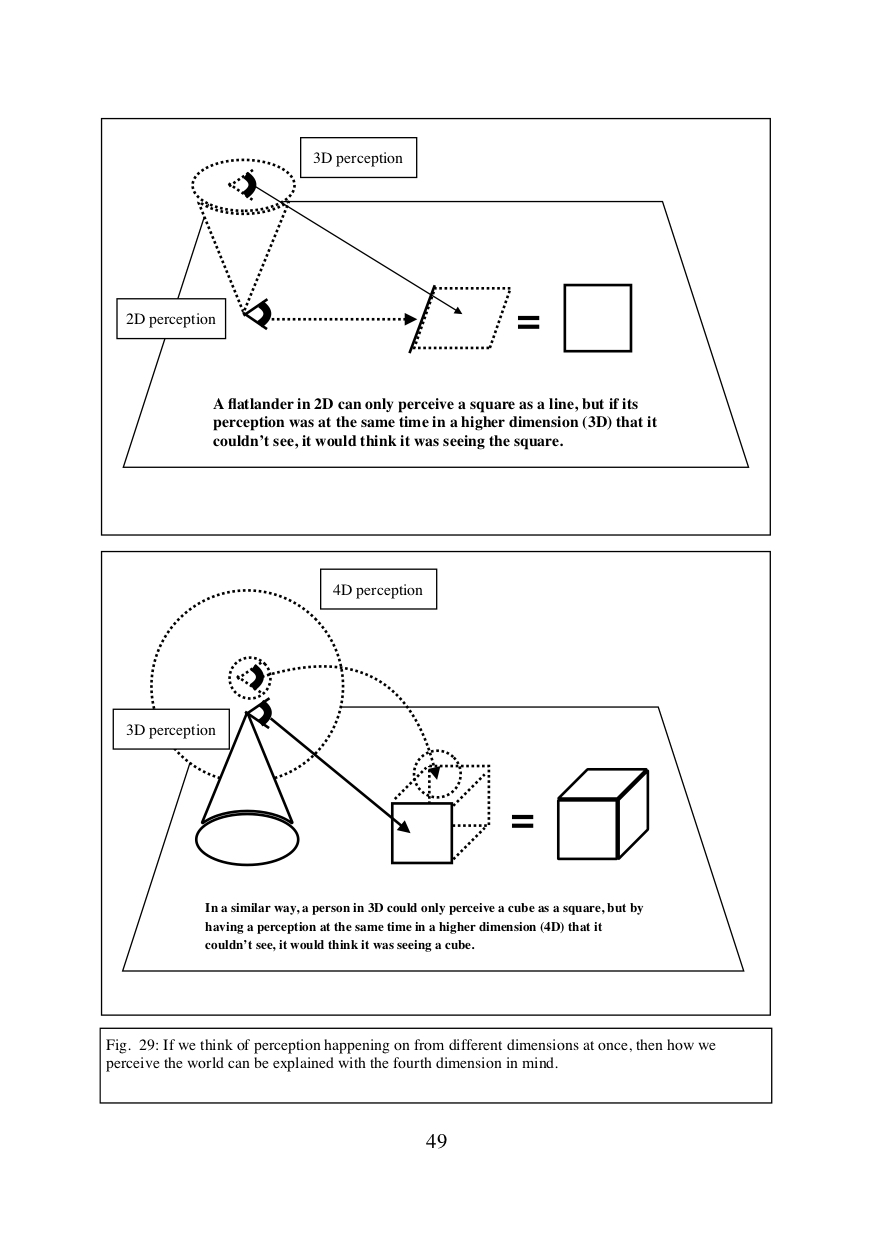

The Egothávma presents four stances of being, proposing a new ontological model of the universe. Free from God, spiritualism, and materialism.
Written and illustrated by Dome Wood
To view PDF and to find out how to purchase the NFT edition, go to:
https://egothavma-manifest.carrd.co/z
The Campaign :
Artificial Meditation Centre for Autonomous Power
Rectangle, Brussels Gallery Weekend - Vanderborght Buildin Artificial Meditation Centre for Autonomous Power.
The Campaign.
Foreword by Damien Desamory:
I guess if Dome Wood had to start somewhere to explain what reality is, he would begin by discussing dimensions. It sounds obvious that we live in a three-dimensional space. Length, height and width at first glance certainly don’t warrant a closer inspection.
But if you start to scratch at it you’ll find that it gets interesting. First of all, our materiality exists only in the three dimensions. Although we can understand mono or bi-dimensional reality, we can’t actually interact with it. We can conceptualise what a line is, a one dimensional thing, or a plane, a two-dimensional thing, but as soon as we try to grasp at it, we have to trace it and make it three dimensional.
Now let’s take this slightly further, see if it sticks.
In order to contemplate an overview of one dimension, you must be functioning one dimension higher.
If you were existing in one dimension as on a line, while being able to move along said line in one dimension, you would only be able to perceive things in zero dimension ( a point on the line ).
If you were existing in two dimensions – as on a plane – while being able to move in those dimensions, you would only be able to map your trajectories in one dimension, along a line. However, because you can move in two dimensions, there could form the ability to know that what you perceive is also in two dimensions. To be able to perceive two dimensions, you would have to elevate to three dimensions.
By logical progression – moving to three dimensions – a two-dimensional plane can be perceived but not a three-dimensional object.
It therefore stands to reason that there is something on a higher dimension that is perceiving the three-dimensional reality we inhabit for us. This could have many names, Dome calls it Mind.
Mind is our immaterial essence that guides and makes sense of the universe for our three-dimensional “meat suit”.
The human brain is the first thing that has been able to conceptualise this higher dimension. It has invented religions, sciences and taxonomies in order to gain insights on its surroundings and its relationship to this posited superior dimension.
Dome’s model of everything doesn’t only go up to the dimension superior to the one we interact with. It also goes back down. All the way to what is underneath the first dimension, nothingness. This he calls the Void.
Before there was something, there was nothing. Simple enough, right?
However, since everything emanated out of this nothing, it must have been there, present in the form of a potential. Everything that will, would, could, shall ever exist in all the dimensions, is already present in this Void as a potentiality.
This guiding potential, this Force that bares the promise of everything, that materialises reality, that pushes us ever further in our present, it is inside of you and you can harness it.
By getting in touch with it, you can feel your way to the next dimension, gently approach Mind residing out of touch. Start to conceptualise the fact that you really reside on a higher plane and that all the good and the bad that happens to you in your three-dimensional reality doesn’t define you. You are higher and independent of your successes and failures. This helps you relativize them and keeps you centred in your interactions with life and other human beings.
Become a better human being. Become the one whom we can rely on in the toughest moments. Become detachment and empathy. Find a harmony with destiny. Trust your Autonomous Power and let It lead you towards your ever forming present.
Be part of the Artificial Meditation Centre for Autonomous Power.
This is what Dome Wood would say.
‘Pre Human Continuum’ 2019
On the works of Dome Wood
Written by Sorana Munsya, February 2019
An interesting thing about Dome Wood’s exhibition ‘Pre-human continuum’ is that its discourse can fit in with both the domain of psychology and the politcal field.
Modern Western societies consider consciousness, and its mastery, as one of the central values in a properly functioning human system. Moreover, the idea of evolution takes shape in a clear continuum, moving from the unconscious towards a state of total consciousness – of oneself, of others and of one’s environment. The unconscious is seen as ineffectual or even potentially dangerous for others and for oneself – dangerous and ineffectual because it supposedly does not marshal its power and its active potential on the surrounding context and, above all, because it might escape the tight grip of control of the self.
What is more, in the literature and philosophy developed within the domain of psychology, all that is related to the unconscious is seen as uncontrollable, and only employable insofar as it can be read and interpreted in rational ways – in the ways of consciousness, of knowledge. Even if the unconscious part of the psyche is recognised as playing a decisive role in human behaviour, Western modernity has kept it well within the boundaries of a space inhabited by ideas such as intuition, sensi vity and feeling – terms and concepts that are perfectly valid when discussing art, for example, but completely ignored in a context of decision-making and even power.
One’s sophistication is linked to an accumulation of knowledge. In the age of internet and social networks, where information is being disseminated without discrimination, knowledge seems accessible and cheap. It proliferates all around us and infiltrates our consciousness, giving us the illusion of being freely offered and of turning us into masters of our environment.
The illusion of power created by a seemingly endless growth
of knowledge goes hand in hand with the slow diminution of our capacity to use ‘extra-conscious’ zones that
help us navigate through society. Intuition and sensory experience – with all their utility for survival – are
being devalued and are no longer mobilised in a critical analysis of society. In other words, the effort to gain
and employ knowledge acquired through channels relying more on subjectivity, is disappearing, rendering
this kind of knowledge worthless.
However, now that we are no longer exercising this competence, we lose confidence in what we know. Our
awareness of our own power is abandoning us. With his work, Dome Wood touches upon a highly political
subject: our awareness of our competences, even our awareness of our capacity to create knowledge based
on feeling and linked to experience. That is political, because when we become aware of what we know –
in the midst of this ocean of information – we become agents in our lives and, without a doubt, vectors of
change. Humanity’s potential and the power of knowledge will be able to flourish.
Flourish, yes, but in a certain clandestinity, for the powers that be feed o the knowledge potential of their subjects. They ingest it and then excrete it as consumable and mass-reproducable objects. Survival in this vast expanse of information should, maybe, be based upon a production of knowledge that is quotidian, intimate, underground and communal.
Flourish, yes, but in a certain clandestinity, for the powers that be feed o the knowledge potential of their subjects. They ingest it and then excrete it as consumable and mass-reproducable objects. Survival in this vast expanse of information should, maybe, be based upon a production of knowledge that is quotidian, intimate, underground and communal.
Painting Series: Fig 1 - 8
Quantum Potentiality Theory
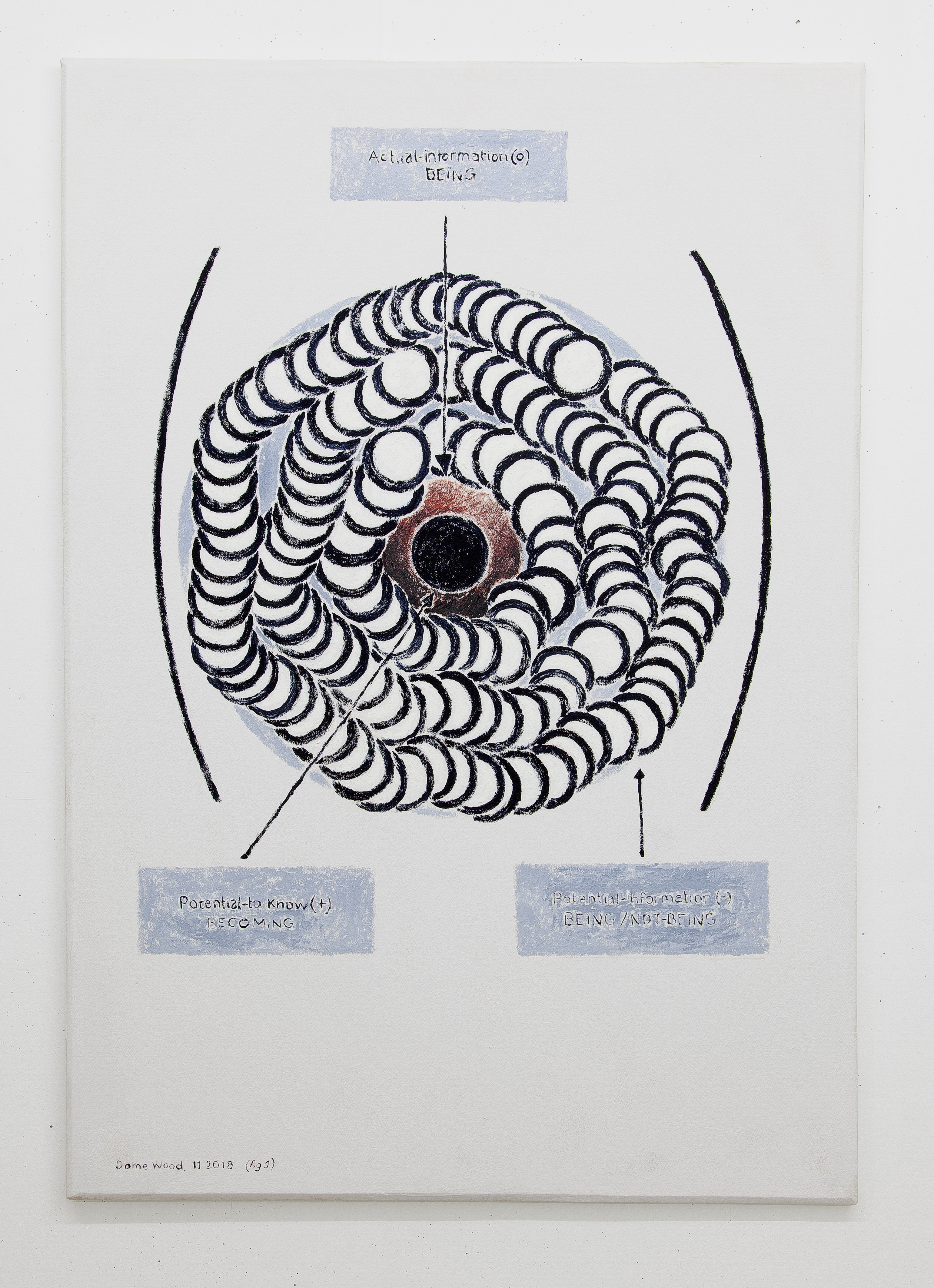

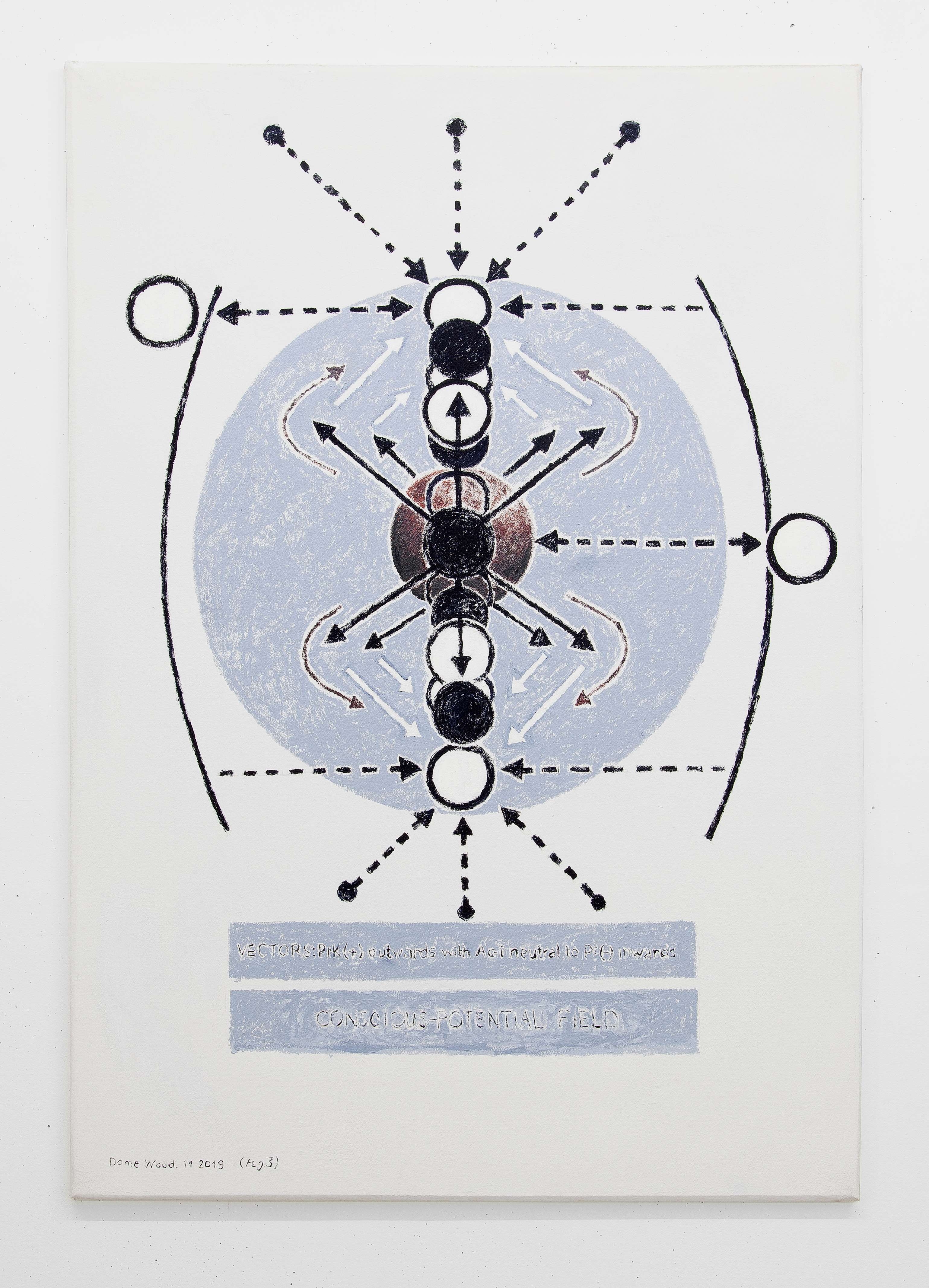
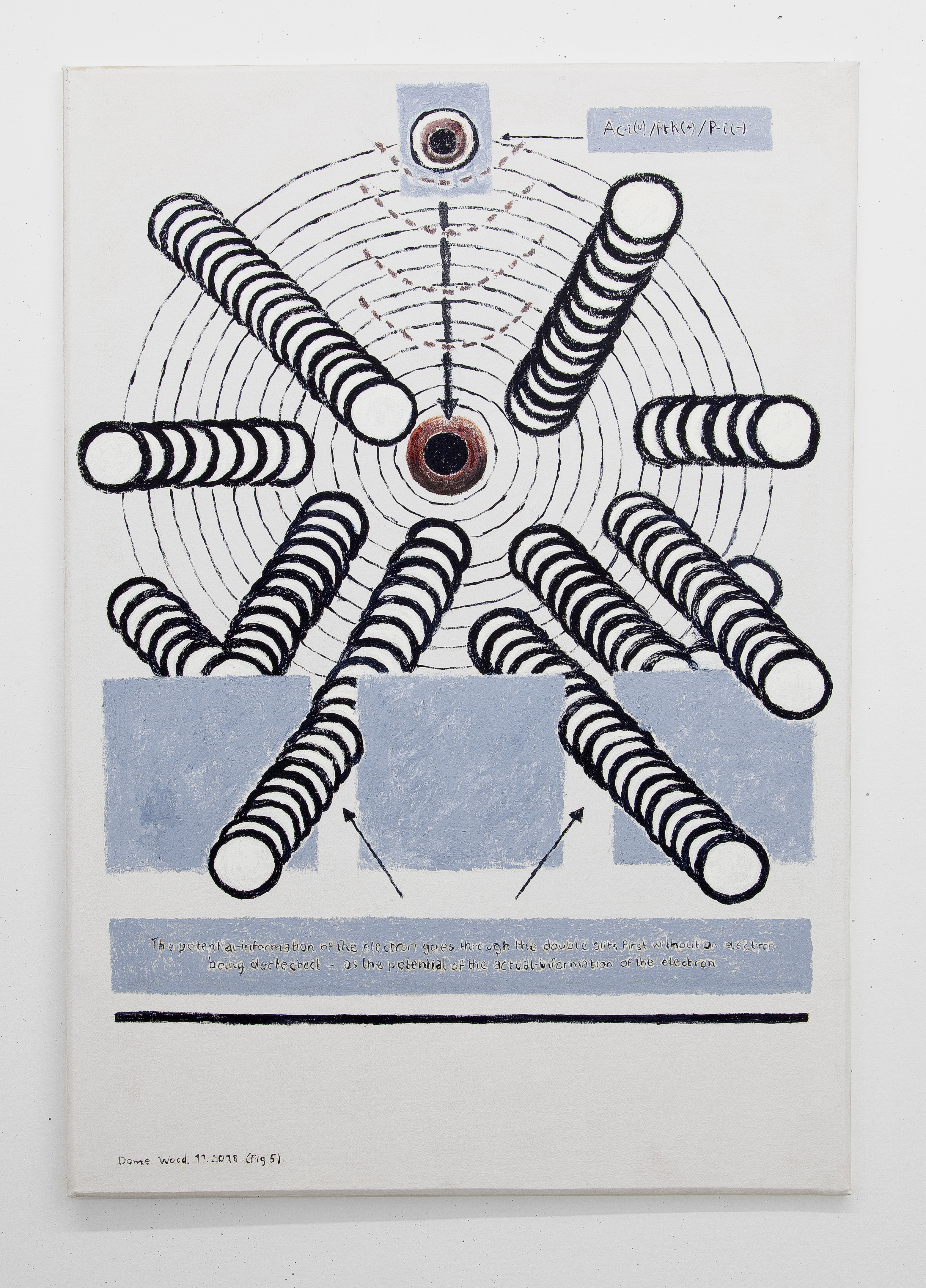


![Fig. 7: Double slit experiment - [the] Potential-information is isolated from [the] actual-information. Oil on canvas, 122x84cm, 2018](https://freight.cargo.site/t/original/i/ad3dc2850556c2ca9798a4dfd09dc63dd1cd2b911ba88f2717b02a7b73f2fb32/workedpaintingsw.w.3.jpg)

Polypotentiality-Wave:
New theory in Quantum Mechanics.
Dome Wood, 2018
These paintings are a series of 8 paintings that deal mainly with my proposed model for consciousness and my speculative theory on quantum mechanics called the PolyPotentiality-Wave.
New theory in Quantum Mechanics.
Dome Wood, 2018
These paintings are a series of 8 paintings that deal mainly with my proposed model for consciousness and my speculative theory on quantum mechanics called the PolyPotentiality-Wave.

























